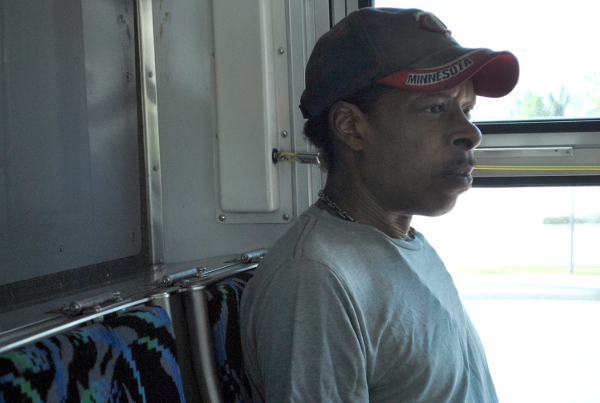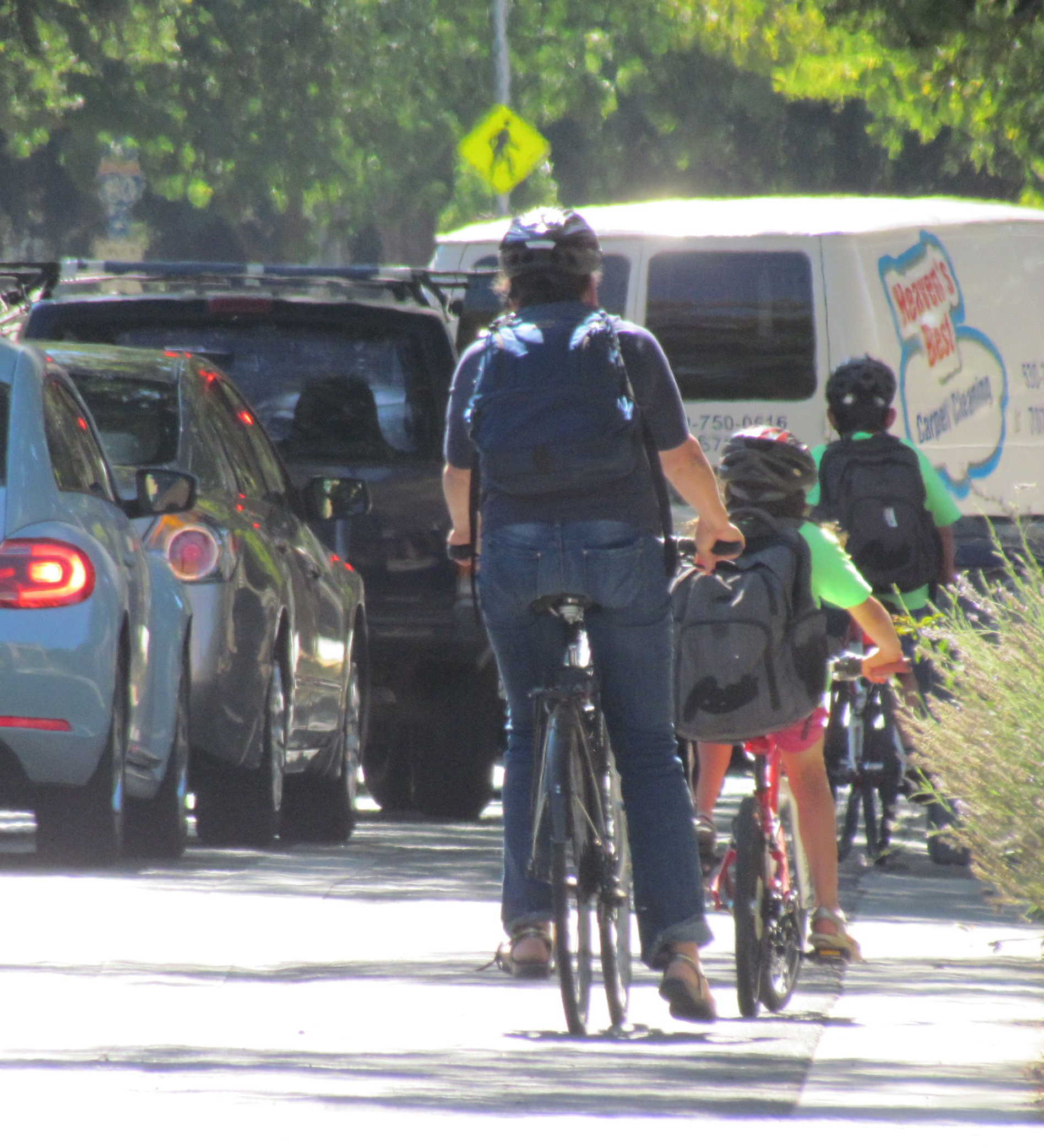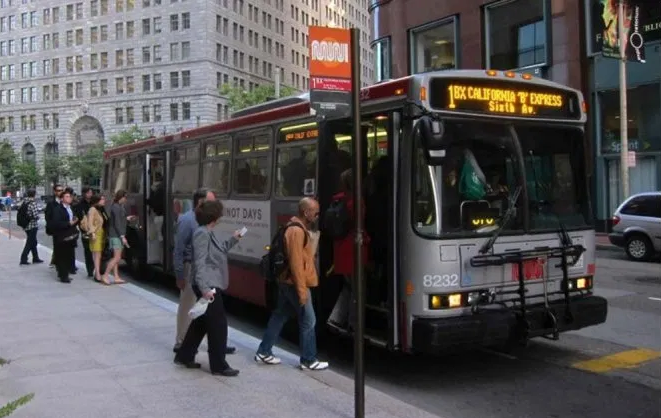Bakersfield’s GET Bus Raises Fares, Looks for Other Improvements
3:25 PM PDT on August 6, 2015
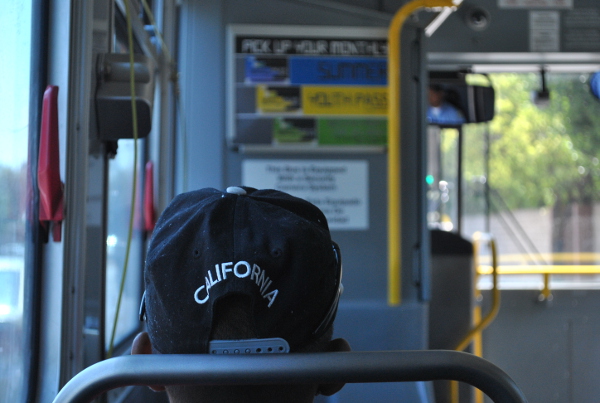
Transit riders on Bakersfield’s Golden Empire Transit, better known as the GET bus, found their fares increased on August 1, but the increase will go towards rising operating costs rather than expansion of transit service.
The fare increase from $1.25 to $1.50 is necessary, says GET’s website, to cover inflation and operating costs. According to Gina Hayden, GET’s spokesperson for marketing and business development, GET also hopes that it will eventually help bring expanded services.
But, said Hayden, “There is a cost associated with that, so we have to balance [operational costs and expansion].”
The GET bus, which has been around since 1973, is not exactly the most heavily used transit system in California. Its current annual boardings of 7.2 million, in a city of over four hundred thousand, is about five million fewer riders than Fresno’s FAX (Fresno Area Express)--and there’s no comparison to L.A. Metro’s 27 million monthly bus riders.
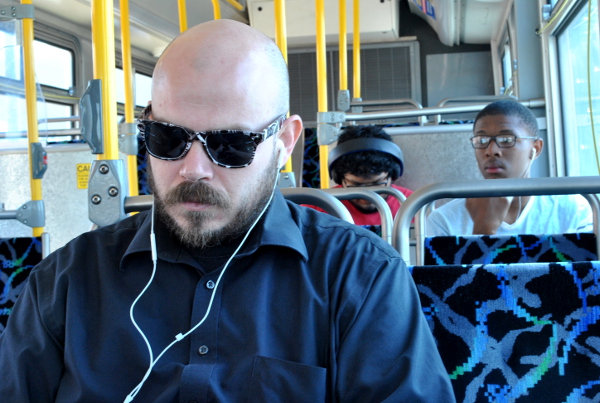
But ridership alone doesn’t tell this bus system’s story. GET still manages to cover 160 square miles in the metropolitan area, and it connects with other regional transit systems that take riders to outlying cities as far as Tehachapi and Lancaster.
And as Bakersfield grows, more people are coming to rely on the system. The city is rapidly expanding, according to recent census estimates. Many transit-dependent people need the bus to get where they need to be. But Bakersfield’s transit system lacks community support.
Fresno has the backing of a “self-help” county, wherein the county taxes itself for transportation improvements, and the state government matches locally raised funds. Bakersfield, in contrast, is left at the mercy of commuters-- most of whom still favor cars over public transit--and who have voted several times against transit taxes.
“[The half-cent sales tax] has come up twice, and has been voted down twice, so we are not a self-help county,” said Hayden. “The last time there was a vote on the ballot was 2006; if it had passed, public transit would have gotten a million dollars a year, which would have been very helpful to us.”
In the face of disinterest from the community, GET nevertheless has undergone improvements. The agency began to replace old buses with newer models in the late 2000s. The routes, which had not seen a significant change in over 25 years, were redesigned in 2012. That overhaul was meant to improve efficiency and save money.
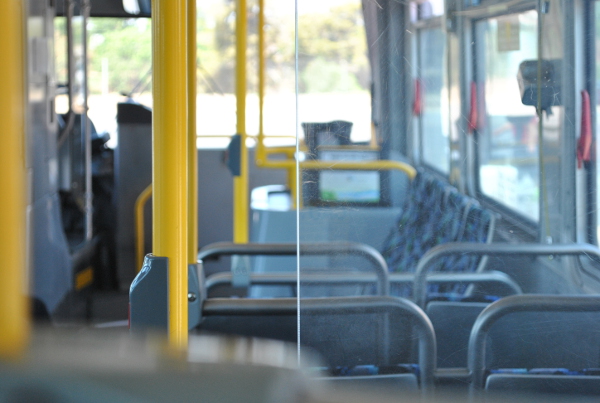
The idea was that by eliminating or reducing less-used routes and supplementing the more frequently traveled ones with more stops, and transforming the overall system to be more intuitive system, the plan would save over a million dollars annually. It included a switch from a hub-and-spoke system to one that better reflected the city’s street grid, with multiple origins and destinations--which was supposed to make it more rider friendly.
But when the change was examined a few months later, the new system proved to not save any money at all. And instead of improving things for riders, it left some out in the Central Valley heat. For example, the Bakersfield Homeless Center’s stop was moved from the center’s main gate to nearly half a mile away, making it difficult to access.
Two years after the overhaul, a Teamsters Union strike left riders without public transit altogether for more than a month. This put the public spotlight on GET. The system is still struggling to recover its reputation following the walkoff.
Hayden acknowledged that GET serves a need among the transit-dependent residents of Bakersfield. At the same time there is a niche that GET wants to capture that, so far in Bakersfield, has not been tapped.
“We really would like to encourage more people to use the bus,” says Hayden. “Choice riders,” she elaborates, are “people who have a car but care about the environment. [They] really should take a look at public transit.”
To be sure, GET is making an effort to accommodate shifting needs in a community where public transit has not always been at the forefront. The system has all the modern features, including bike racks on the front of every bus, room for wheelchairs, and kneeling buses. The vehicles run on compressed natural gas so they are a lot cleaner than the diesel buses of old. GET even incorporates innovative community outreach programs like the Reading Express, which places donated children's books at the front of the bus for families to take and enjoy.
It has also been adding technological improvements in an effort to attract choice riders. Updates to information systems like Trip Planner--that can be found on their homepage-- and the GET bus app have given riders more options. GET is also developing a new reporting tool on its website to get the public’s input on stops that need work.
“We are asking our customers [for help],” said Hayden. “There is a button on our website. If they have problems accessing a stop, [they should] let us know. We literally just started doing that last week.”
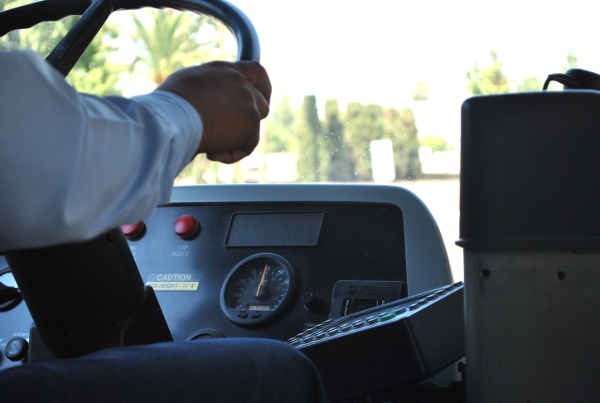
Although this tool will be helpful, ultimately it is up to city and county governments to take action on improving stops, which are outside of GET’s jurisdiction. “It takes a while,’ admits Hayden. But “if someone identifies a site, we will pass that on to the city or county.”
“There is more work to be done than we have money for. [Kern Council of Government, or Kern COG] prioritizes based on usage,” said Hayden, so the more feedback they get, the better. But GET is also working with the city and county governments to raise funds to improve accessibility at some stops.
“We are actually partnering with the city and the county,” said Hayden. “Kern COG got $600,000 through a Caltrans grant, and then we are putting in another million. We have identified about 27 stops that we will be repairing with [the KCOG funds]---that list is actually on our website. We are identifying sites now for the [rest of the funds].”
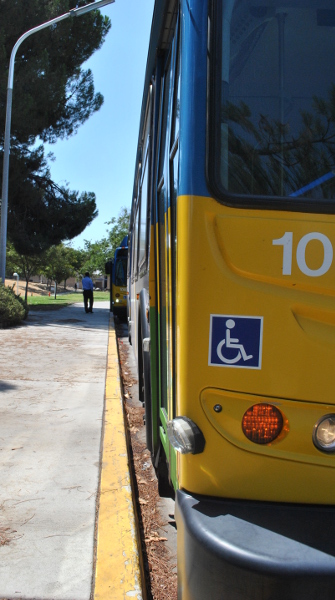
Yet even with the improvements made--and more on the table-- the system, and riders, still encounter challenges.
Cody Miller regularly rides the GET bus to work out of necessity, and his sentiments toward Bakersfield public transit are indicative of what many riders feel.
“It is better than it was; the buses were crap not that long ago,” says Miller, acknowledging improvements to the frequency and stops along some of the routes post-overhaul. “I think [GET] is comparable to other cities, but most of our buses end at 10 p.m. Big cities run a lot later.”
Carey Foster, 49, uses public transit as his only form of transportation. A regular rider of two of the most congested GET routes, he “just wants things fixed.”
“I ride Route 22 and Route 21, and they are always late. But it's alright. What else am I going to do?”
The GET bus rolls on, because for many riders there is no other choice.
Stay in touch
Sign up for our free newsletter
More from Streetsblog California
Active Transportation Program Calls for Volunteer Evaluators
Apply to be a volunteer ATP application evaluator by May 10.
Study: When Speed Limits Rise on Interstates, So Do Crash Hot Spots on Nearby Roads
Rising interstate speeds don't just make roads deadlier for people who drive on them — and local decision makers need to be prepared.
Eyes on the Street: New Lincoln Park Avenue Bike Lanes
The recently installed 1.25-mile long bikeway spans Lincoln Park Avenue, Flora Avenue, and Sierra Street - it's arguably the first new bike facility of the Measure HLA era
Independent Safety Advocates Beef up the Wiggle
Signs and soft-hit posts installed by advocates make the Wiggle bike route calmer and safer for cyclists and pedestrians
Thursday’s Headlines
LA Metro declares emergency over attacks on bus operators; Some deadly Bay Area streets to see safety fixes; Tax ride-hail to save transit? More
